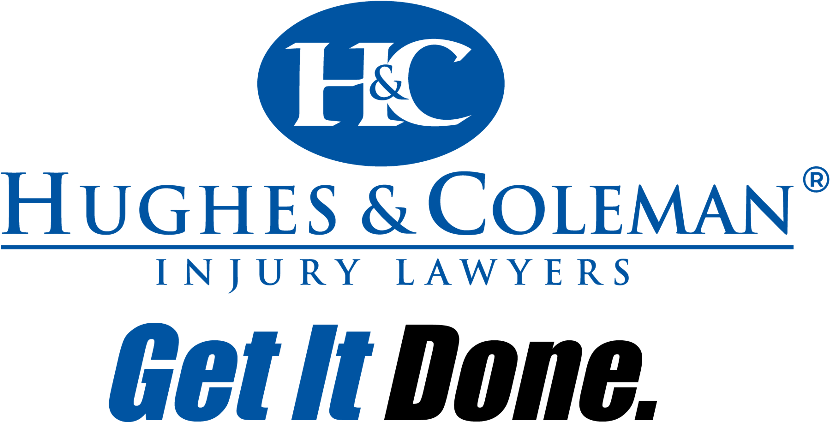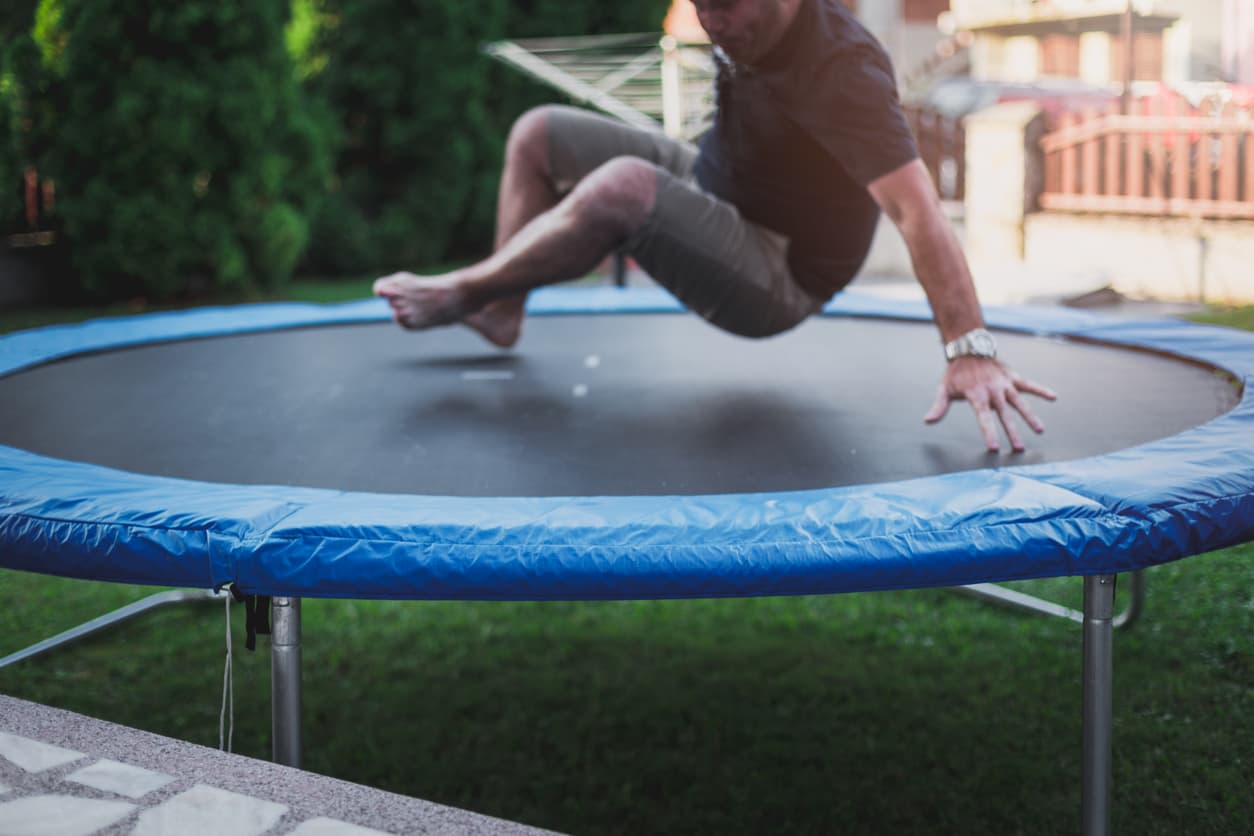-

If you signed a “Jump at Your Own Risk” waiver at a trampoline park and were injured, does that mean you can’t be rewarded compensation for your injuries? What if you were injured while using a trampoline at a friend’s home? In either case, you have rights and may be able to recover damages.
Adults and children alike can easily be harmed when using a trampoline. All it takes is a seemingly small misstep or miscalculation. In recent years, the popularity of trampoline parks has grown, especially in areas where cold temperatures motivate both adults and youths to be active indoors.
When you or your child gets injured at someone’s home or at a trampoline park—even if a waiver has been signed—you may likely be entitled to compensation. Having legal assistance in these situations is advantageous. Attorneys can aid in discerning if the fault is due to negligence, a defective product, or another factor; such a factor can be the key to unlocking the compensation to which you are entitled.
Trampoline Park Injuries
Let’s consider trampoline parks for a moment. If you were injured at a trampoline park, you would likely pursue a premises liability case against the park; this is the type of claim you would file, with gross negligence being a key factor.
In legal terms, when a person enters a place of business, he or she is perceived as a guest of the business. Consequently, the establishment has a responsibility to ensure that their “guest” is safe. This is true even if the guest indicates the intention to use a trampoline.
Keeping trampoline park guests safe
A trampoline establishment would need to inform guests of the potential dangers and risks involved in the use of their trampolines. However, the trampoline park needs to do more than tell their guests that something is dangerous.
The trampoline park must also make sure that safety features are in good condition and functioning properly. It is the responsibility of the trampoline park to protect their guests from preventable dangers and to ensure that the rules for safety are not being ignored or missed.
Of course, when you enter a trampoline park or another similar establishment, it is normal to be presented with a waiver of liability, which does have merit.
The merit and limits of a waiver of liability at a trampoline park
A waiver of liability, to some extent, protects a trampoline park from holding responsibility for a guest’s individual actions. For example, if you get hurt because you slapped yourself in the face while clapping and jumping at the same time, you may not be successful in pursuing litigation.
Likewise, if you get injured after doing something you were warned not to do, then you will likely find it challenging to file a lawsuit. These waivers create a safe legal haven for the trampoline parks to be protected from guests who hurt themselves due to their own negligence.
That being said, liability waivers are not without limits. Although having signed a waiver, you continue to have the legal right to expect the trampoline establishment to create a safe environment.
This means:
- The trampolines are functioning properly and are in good condition
- Any items which can potentially be hit, smacked, or bumped into are well-padded
- Sufficient staff are monitoring to ensure that the park rules are followed by all persons using the equipment
These are, in fact, among the most common of all possible missing factors that could cause a trampoline business to be considered negligent.
Trampoline Injuries at Someone’s Home
It should be noted that trampoline parks are not the only entities that could have a trampoline injury lawsuit brought against them. Trampolines can be owned by private individuals. The owner of a trampoline is responsible and accountable for the safety of their trampoline whether it is used by an invited guest or even a trespasser.
If a person trespasses onto a property and gets hurt using a trampoline on the premises, the property owner could be at fault. A trampoline on an individual’s property must have warnings and supervision connected to its use. Ideally, the trampoline should be inaccessible to anyone’s unauthorized and unmonitored use.
Injuries Attributed to the Trampoline Manufacturer
One possible angle of pursuing compensation may be against the trampoline manufacturer. If the trampoline was defective or designed dangerously in some way, the lawsuit would be a product liability case.
As with all products, a manufacturer must make certain that their product is produced correctly and that adequate warning notices are provided and attached. The instructions on how to assemble, maintain, and use the trampoline must be complete and accurate; they also need to be accessible to the purchaser.
If the trampoline manufacturer was negligent in any of the above ways, causing injury to you or your child, you could be compensated for your injuries and losses. You can increase your chances of winning compensation with the assistance of an experienced trampoline injury lawyer.
Compensation for Trampoline Injury Damages
Upon being injured in a trampoline accident, there will be immediate medical costs and possibly future costs for medical care as well. For adults, lost wages from missing time at work while recovering could also be a factor.
Additionally, there may be other aspects of the injured party’s experience that do not have a straightforward monetary cost, such as pain and suffering and perhaps emotional trauma, especially when the injury involves a child. These are called non-economic damages, for which you can win compensation as well.
Without a doubt, trampolines should be enjoyed. If this hasn’t been your experience and you are now injured and in pain, please seek legal advice. Working together with a premises liability attorney will help to make the results of your case a success.
The experienced trampoline injury lawyers at Hughes & Coleman can help you recover damages as soon as possible. Please give us a call or contact us online; you can reach us around the clock, 24/7.
Get In Touch Today!
We offer free consultations 24/7 and there will always be someone here to take your call. Call our personal injury lawyers today for a free consultation or fill out this form and we will contact you.
We serve clients across Tennessee and Kentucky and we have several offices throughout both states. See all of our locations and contact us today.


